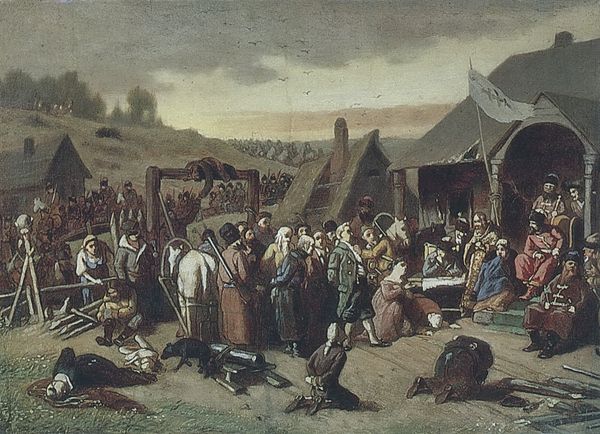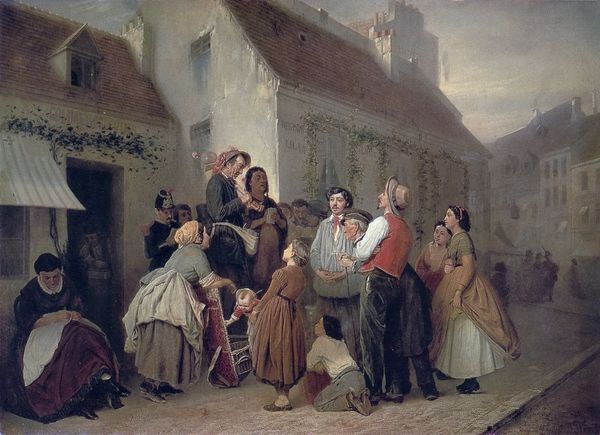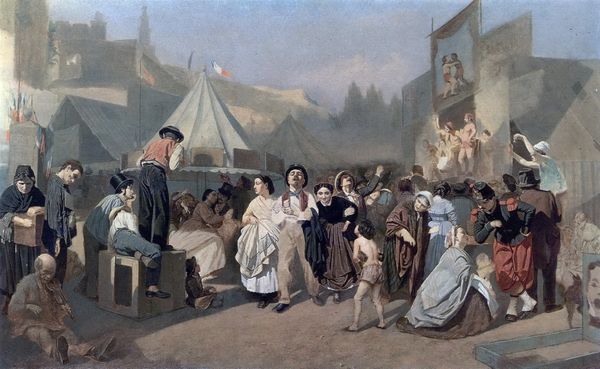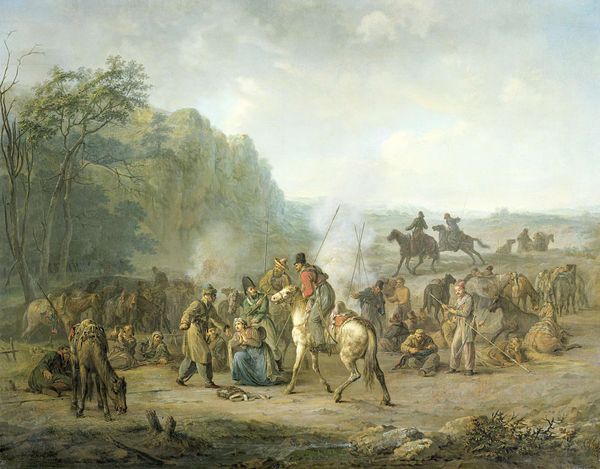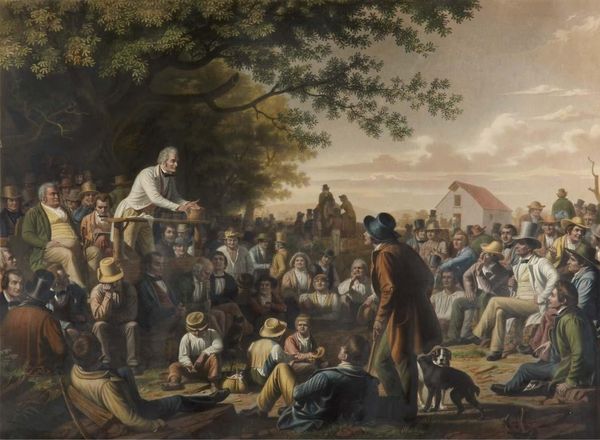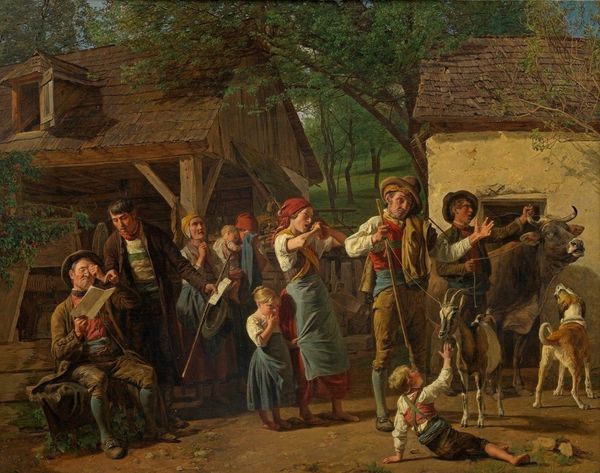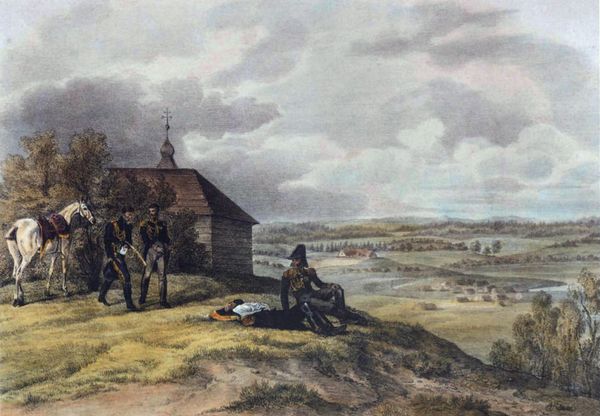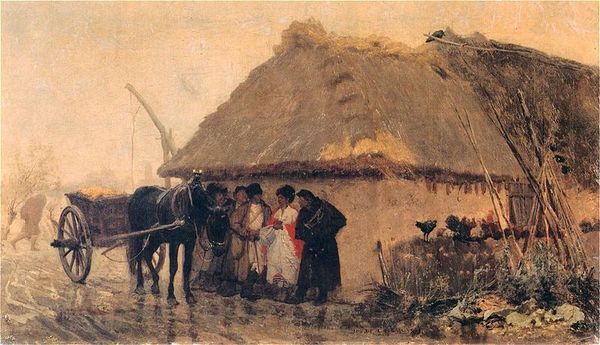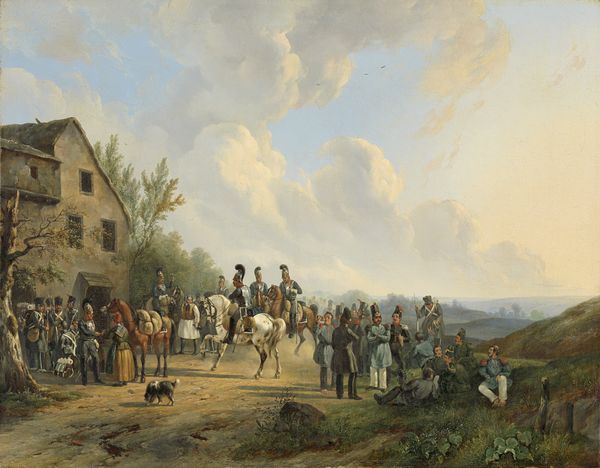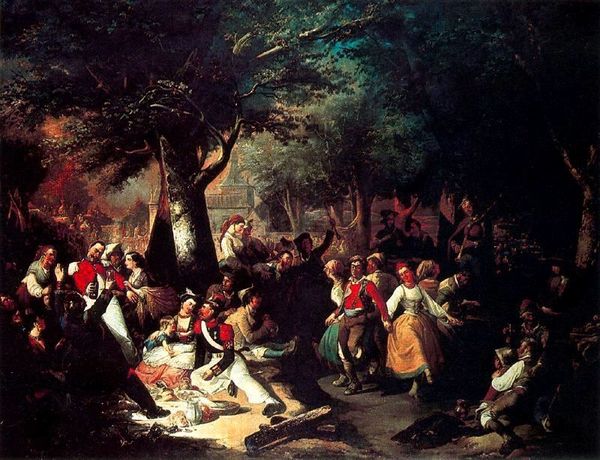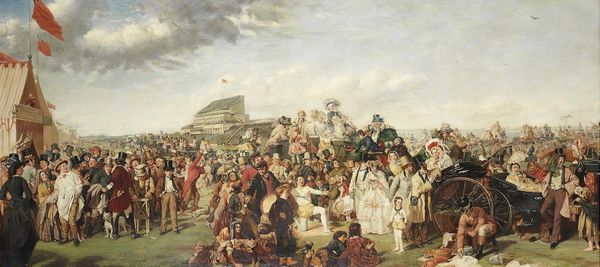
Copyright: Public domain
Miklos Barabas painted "The Arrival of the Daughter-in-law" sometime in the 19th century, we are not sure exactly when. In this painting we witness a traditional Hungarian wedding custom, as a young bride is welcomed into her new family’s home. Barabas, a key figure in Hungarian Romantic painting, frequently depicted scenes of Hungarian life. This image creates meaning through its visual codes, historical associations and cultural references. You'll notice the traditional folk costumes and the village setting. Such elements underscored a sense of national identity. But what was the public role of art at the time? In the 19th century, artists like Barabas contributed to constructing and preserving cultural heritage. They helped do so by creating idealized images of rural life, and folklore. Art historians use costume books, social histories and museum records to better understand the contingent social and institutional contexts that shape its meaning.
Comments
No comments
Be the first to comment and join the conversation on the ultimate creative platform.
